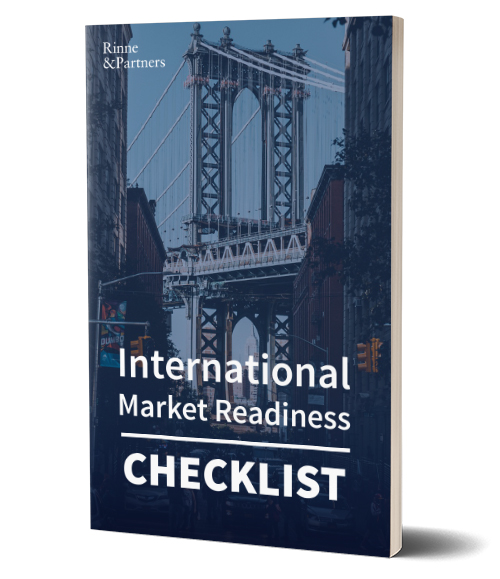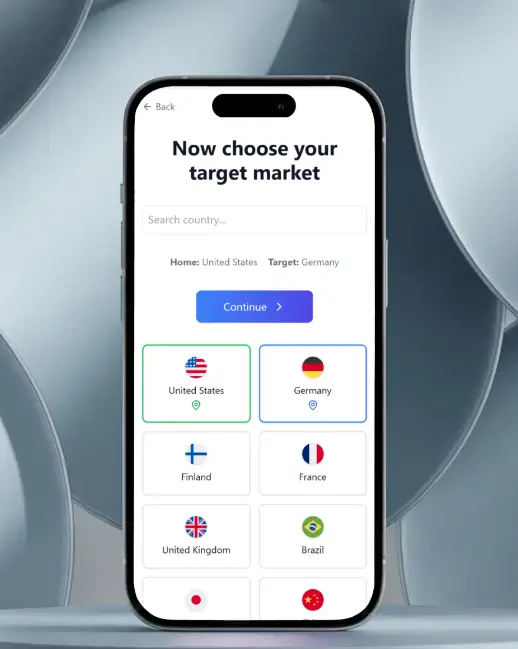In order to successfully launch new markets, you need to have a solid Go-to-Market (GTM) strategy and a documented GTM plan. The GTM plan describes your spearhead services, target market(s) and verticals, target accounts, and/or partners. It also tackles details such as sales plan, sales team profiles, target setting, and budget. A properly executed GTM plan is your guidebook on entering a new market.
The GTM plan tackles how to execute on growth strategy. All companies planning to open new markets, whether new countries or new industries or start selling new services, should create a well-planned, executable GTM plan.
So, what is a Go-To-Market Plan
The company strategy describes your objectives for your growth and expansion and a high-level plan to achieve them. The Go-To-Market Plan is more of a tactical guidebook for your sales team to execute the strategy. You need to use/build a Go-To-Market Plan for the following purposes:
- Existing Market Scaling – Accelerate and sell more of your existing service to the market you’re already in. Since you know your market and how you have performed in the market, this is a low-risk approach to growth.
- Market Entry and Expansion – Start expanding into new markets with your existing products and services. Before starting, you need to do your homework, which means market research, planning, preparation, and localization. Do not expand into new territory opportunistically.
- Upsell – Build on your existing customers and sell a new product and service to them. Successful upsell means that you first need to test the market and get enough feedback and insight prior to full-scale launch.
- Dip into the unknown – Start selling into new markets, with a totally new set of products and services. This alternative entails a much bigger risk and more effort. To succeed, you should do everything possible to understand the new market and how the new value proposal is unique (or at least better than the competition).

Download our checklist to make sure your company is ready to expand internationally!
Download NowBuilding a Go-To-Market Plan is a Process
The following checklist is generic and can be adapted to any vertical. Building a proper Go-to-Market Plan involves key persons of the company (dependent of the size of the company), for example VP of Sales, Expansion Manager, Sales Team members, Marketing Manager, etc. The process should be streamlined and not too heavy, as this might result in throwing the idea into the bin.
- Data collection and analysis
- What challenge(s) are solved?
- How?
- Targets and KPI’s for next 12, 24 and 36 months.
- What is our target market, size and potential?
- What does the market research tell us about this specific market?
- Trends?
- Products and Services
- Product/Market Fit?
- New or existing products and services?
- Roadmap
- Required localization
- Sales Model
- Direct or through channel (in case of channel, you need a Partner Program)?
- If channel, what is the optimal partner?
- If direct, who is our optimal customer and how do we sell to them?
- How do we tackle the abnormal market situation caused by the Pandemic?
- Buyer Personas and Journey?
- CRM, reporting and other tools
- Competition
- What is the competitive landscape?
- Who are our direct competitors?
- How do we compare with our competitors (build a Competition Matrix)?
- Market Entry Strategy
- How do I build a solid and log lasting revenue stream and business in the target market?
- How do I create trusting relationship with my customers, so that they become our best sources of reference?
- Positioning?
- Pricing?
- Team
- International Sales Team
- Local Salespeople
- Sales Management
- Pre-Sales Support
- Marketing and PR
- Do we have a marketing plan?
- Lead generation and content marketing
- Branding, Website and Sales and Marketing Materials
- Events
- Budget and Financing
- What are our target numbers?
- Cost Budget
- Financing Strategy?
Start Executing
The world is full of really cool and sexy innovations and products. However, the winner is the one who can build a solid execution. There are lots of moving parts. You need to have solid traction in your home market, good customers, case studies, and growing revenues. The ability to spend time on your Go-To-Market Plan. Analyze whether your team is built to conquer new markets, hire more salespeople, pre-sales, and other professionals, etc. Getting business in a new market could take a year and if you have a channel strategy, even longer.
Opening new markets is time and resource consuming. This means that you need to have a solid existing business (money in the bank) or enough funding to support execution. In case you do need financing, you should align your funding strategy in good time to avoid bottlenecks and running out of cash. Funding rounds with for example VC’s take easily 6 months to complete.
We build international success stories
International expansion is a daunting task that companies still manage to overlook when crafting their plan. This results in less than ideal execution that doesn’t bring any satisfactory results. We work with B2B SaaS companies to create a comprehensive sales and go-to-market plan as well as build a sales team to make sure your future clients know you’re there to stay.


















